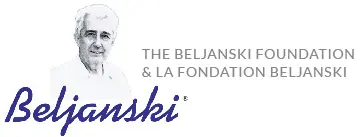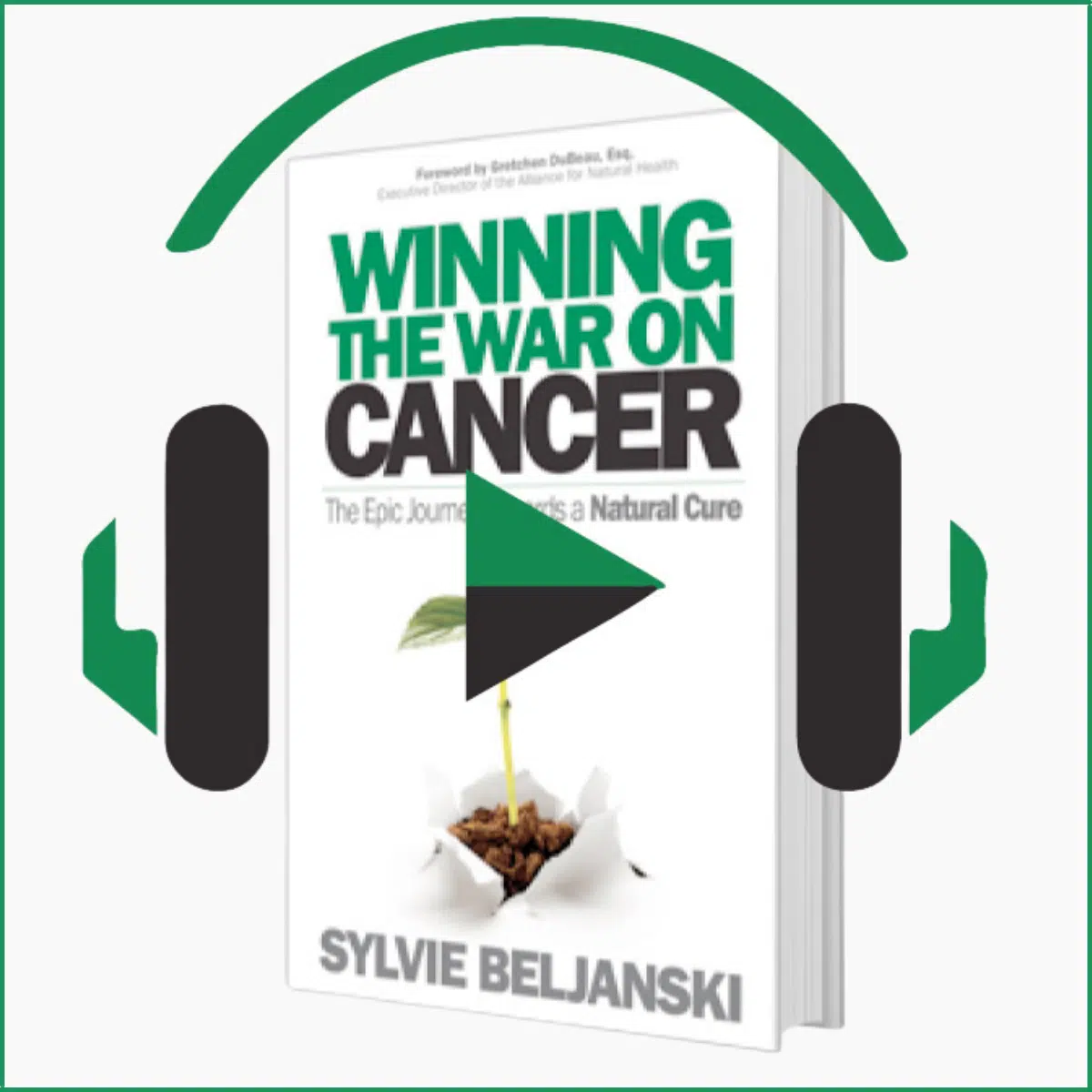
Dr. Michael Schachter explains the motivation and mechanism behind the Oncotest very well:
“When Dr. Beljanski began his career as a molecular biologist in the early 50s at the Pasteur Institute in France, he was convinced that the recent discovery of the structure of DNA would open up major therapeutic possibilities that previously had not been imagined…
One of Dr. Beljanski’s key discoveries was that the secondary structure of DNA in cancer cells differed from normal DNA in that it contained some permanently open loops, as a result of carcinogenic substances interfering with the hydrogen bonding between the two strands of the double helix. These permanently separated sections allowed more carcinogenic substances to come between the two strands of the double helix and lead the DNA to uncontrollable replication and further deregulation of the cancer cell, resulting in rapid and uncontrollable growth of cancer cells. He referred to the cancerous DNA as destabilized DNA, since the hydrogen bonds did not hold the two strands together in a stable manner.
So, when cancerous DNA was exposed to carcinogenic substances, it replicated rapidly, while non-cancerous DNA replicated only slightly. This could be shown experimentally by adding substances to cancerous DNA or normal DNA and measuring either the increase in growth of the DNA or light absorption of the materials, as the more unstable the DNA, the more light that it would absorb (hyperchromicity (see illustration on the right)). Once carcinogens had destabilized normal DNA to the point that it became permanently destabilized (had become cancerous DNA), further exposure to carcinogens would increase the destabilization, making the cancerous DNA unstable. In other words, cancer cells could become more aggressive and bizarre as they were exposed to more carcinogens.”
These observations resulted in Beljanski developing a test to screen substances for carcinogenicity, which he patented in the 1970s as the “Oncotest.” Carcinogens resulted in the rapid replication of cancerous DNA, but affected normal DNA only slightly. Most importantly, the Oncotest revealed that a compound could show carcinogenic properties (by affecting DNA structure) without necessarily being a mutagen, which acts by altering DNA and protein sequences. The Oncotest was ultimately used to test hundreds of compounds for their effect on DNA stability and their potential to act as carcinogens.
Relatively low-tech and inexpensive to perform, the Oncotest methodology was first patented by Dr. Mirko Beljanski and then included in his 1983 work «Regulation of DNA Replication and Transcription» published by Karger. (The 3rd edition is available in our online store)
References:
M. BELJANSKI, “Oncotest: a DNA assay system for the screening of carcinogenic substances“. IRCS Medical science, 1979, 7, pp. 476.
M. BELJANSKI, ” Oncotest: dépistage des potentiels cancérogènes et spécifiquement anti-cancéreux. Conceptions et perspectives nouvelles en cancérologie “. Environnement et nouvelle médecine. n°2, 1982, pp. 18-23.
Share



